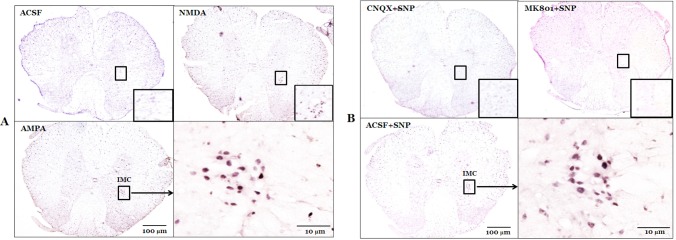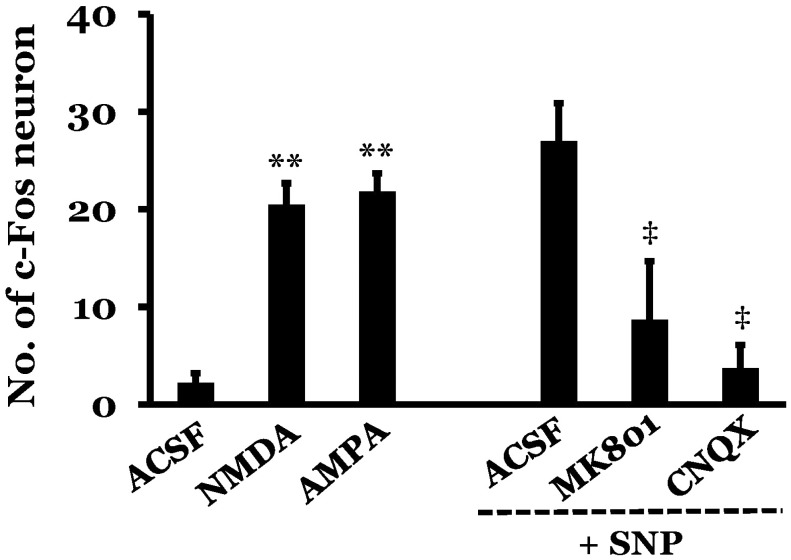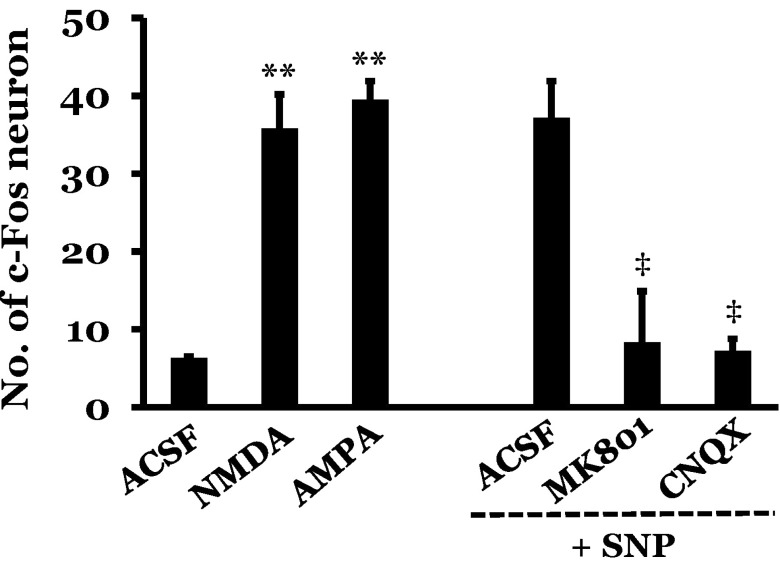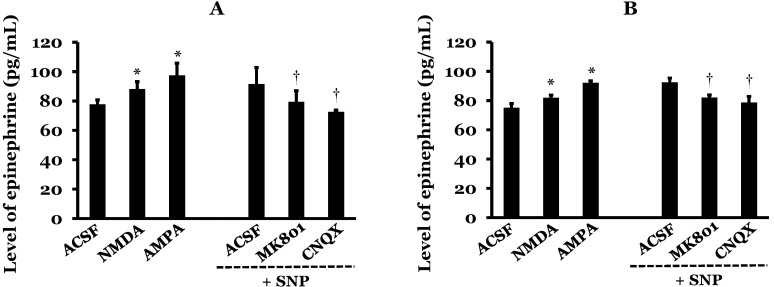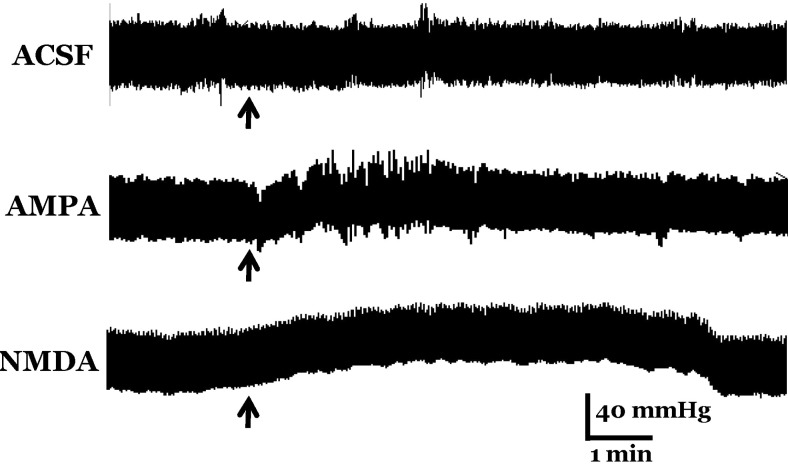Korean J Physiol Pharmacol.
2015 Sep;19(5):427-434. 10.4196/kjpp.2015.19.5.427.
Functional Connections of the Vestibulo-spino-adrenal Axis in the Control of Blood Pressure Via the Vestibulosympathetic Reflex in Conscious Rats
- Affiliations
-
- 1Department of Physiology and Pathophysiology, Yanbian University College of Medicine and Key Laboratory of Natural Resources of Changbai Mountain & Functional Molecules at Yanbian University, Yanji 133002, China. y-z-jin@ybu.edu.cn
- 2Department of Physiology, Wonkwang University School of Medicine and Brain Science Institute at Wonkwang University, Iksan 570-749, Korea. byungp@wku.ac.kr
- KMID: 2285587
- DOI: http://doi.org/10.4196/kjpp.2015.19.5.427
Abstract
- Significant evidence supports the role of the vestibular system in the regulation of blood pressure during postural movements. In the present study, the role of the vestibulo-spino-adrenal (VSA) axis in the modulation of blood pressure via the vestibulosympathetic reflex was clarified by immunohistochemical and enzyme immunoassay methods in conscious rats with sinoaortic denervation. Expression of c-Fos protein in the intermediolateral cell column of the middle thoracic spinal regions and blood epinephrine levels were investigated, following microinjection of glutamate receptor agonists or antagonists into the medial vestibular nucleus (MVN) and/or sodium nitroprusside (SNP)-induced hypotension. Both microinjection of glutamate receptor agonists (NMDA and AMPA) into the MVN or rostral ventrolateral medullary nucleus (RVLM) and SNP-induced hypotension led to increased number of c-Fos positive neurons in the intermediolateral cell column of the middle thoracic spinal regions and increased blood epinephrine levels. Pretreatment with microinjection of glutamate receptor antagonists (MK-801 and CNQX) into the MVN or RVLM prevented the increased number of c-Fos positive neurons resulting from SNP-induced hypotension, and reversed the increased blood epinephrine levels. These results indicate that the VSA axis may be a key component of the pathway used by the vestibulosympathetic reflex to maintain blood pressure during postural movements.
Keyword
MeSH Terms
-
Animals
Axis, Cervical Vertebra*
Blood Pressure*
Denervation
Epinephrine
Excitatory Amino Acid Antagonists
Glutamic Acid
Hypotension
Immunoenzyme Techniques
Microinjections
Neurons
Nitroprusside
Rats*
Receptors, Glutamate
Reflex*
Vestibular Nuclei
Natural Resources
Epinephrine
Excitatory Amino Acid Antagonists
Glutamic Acid
Nitroprusside
Receptors, Glutamate
Figure
Cited by 1 articles
-
Role of peripheral vestibular receptors in the control of blood pressure following hypotension
Guang-Shi Jin, Xiang-Lan Li, Yuan-Zhe Jin, Min Sun Kim, Byung Rim Park
Korean J Physiol Pharmacol. 2018;22(4):363-368. doi: 10.4196/kjpp.2018.22.4.363.
Reference
-
1. Guyenet PG. The sympathetic control of blood pressure. Nat Rev Neurosci. 2006; 7:335–346. PMID: 16760914.
Article2. Pilowsky PM, Goodchild AK. Baroreceptor reflex pathways and neurotransmitters: 10 years on. J Hypertens. 2002; 20:1675–1688. PMID: 12195099.
Article3. Schreihofer AM, Ito S, Sved AF. Brain stem control of arterial pressure in chronic arterial baroreceptor-denervated rats. Am J Physiol Regul Integr Comp Physiol. 2005; 289:R1746–R1755. PMID: 16123230.
Article4. Holstein GR, Friedrich VL Jr, Kang T, Kukielka E, Martinelli GP. Direct projections from the caudal vestibular nuclei to the ventrolateral medulla in the rat. Neuroscience. 2011; 175:104–117. PMID: 21163335.
Article5. Lan Y, Yang YZ, Jiang X, Li LW, Jin GS, Kim MS, Park BR, Jin YZ. Additive role of the vestibular end organ and baroreceptors on the regulation of blood pressure in rats. Korean J Physiol Pharmacol. 2013; 17:367–373. PMID: 23946697.
Article6. Yates BJ, Yamagata Y, Bolton PS. The ventrolateral medulla of the cat mediates vestibulosympathetic reflexes. Brain Res. 1991; 552:265–272. PMID: 1913189.
Article7. Yates BJ, Miller AD. Properties of sympathetic reflexes elicited by natural vestibular stimulation: implications for cardiovascular control. J Neurophysiol. 1994; 71:2087–2092. PMID: 7931504.
Article8. Yates BJ. Vestibular influences on the sympathetic nervous system. Brain Res Brain Res Rev. 1992; 17:51–59. PMID: 1638275.
Article9. Normand H, Etard O, Denise P. Otolithic and tonic neck receptors control of limb blood flow in humans. J Appl Physiol (1985). 1997; 82:1734–1738. PMID: 9173934.10. Kerman IA, Yates BJ, McAllen RM. Anatomic patterning in the expression of vestibulosympathetic reflexes. Am J Physiol Regul Integr Comp Physiol. 2000; 279:R109–R117. PMID: 10896871.
Article11. Cui J, Mukai C, Iwase S, Sawasaki N, Kitazawa H, Mano T, Sugiyama Y, Wada Y. Response to vestibular stimulation of sympathetic outflow to muscle in humans. J Auton Nerv Syst. 1997; 66:154–162. PMID: 9406120.
Article12. Cui J, Iwase S, Mano T, Kitazawa H. Responses of sympathetic outflow to skin during caloric stimulation in humans. Am J Physiol. 1999; 276:R738–R744. PMID: 10070134.13. Yates BJ, Aoki M, Burchill P, Bronstein AM, Gresty MA. Cardiovascular responses elicited by linear acceleration in humans. Exp Brain Res. 1999; 125:476–484. PMID: 10323294.
Article14. Bent LR, Bolton PS, Macefield VG. Modulation of muscle sympathetic bursts by sinusoidal galvanic vestibular stimulation in human subjects. Exp Brain Res. 2006; 174:701–711. PMID: 16721608.
Article15. Voustianiouk A, Kaufmann H, Diedrich A, Raphan T, Biaggioni I, Macdougall H, Ogorodnikov D, Cohen B. Electrical activation of the human vestibulo-sympathetic reflex. Exp Brain Res. 2006; 171:251–261. PMID: 16308690.
Article16. Balaban CD, Beryozkin G. Vestibular nucleus projections to nucleus tractus solitarius and the dorsal motor nucleus of the vagus nerve: potential substrates for vestibulo-autonomic interactions. Exp Brain Res. 1994; 98:200–212. PMID: 8050507.
Article17. Porter JD, Balaban CD. Connections between the vestibular nuclei and brain stem regions that mediate autonomic function in the rat. J Vestib Res. 1997; 7:63–76. PMID: 9057160.
Article18. Holstein GR, Friedrich VL Jr, Martinelli GP. Projection neurons of the vestibulo-sympathetic reflex pathway. J Comp Neurol. 2014; 522:2053–2074. PMID: 24323841.
Article19. Barcroft H, Konzett H. On the actions of noradrenaline, adrenaline and isopropyl noradrenaline on the arterial blood pressure, heart rate and muscle blood flow in man. J Physiol. 1949; 110:194–204. PMID: 15406390.
Article20. Lan Y, Lu HJ, Jiang X, Li LW, Yang YZ, Jin GS, Park JY, Kim MS, Park BR, Jin YZ. Analysis of the baroreceptor and vestibular receptor inputs in the rostral ventrolateral medulla following hypotension in conscious rats. Korean J Physiol Pharmacol. 2015; 19:159–165. PMID: 25729278.
Article21. Kim MS, Kim JH, Kry D, Choi MA, Choi DO, Cho BG, Jin YZ, Lee SH, Park BR. Effects of acute hypotension on expression of cFos-like protein in the vestibular nuclei of rats. Brain Res. 2003; 962:111–121. PMID: 12543461.
Article22. Li XL, An Y, Jin QH, Kim MS, Park BR, Jin YZ. Changes of some amino acid concentrations in the medial vestibular nucleus of conscious rats following acute hypotension. Neurosci Lett. 2010; 477:11–14. PMID: 20399837.
Article23. Li XL, Nian B, Jin Y, Li LW, Jin GS, Kim MS, Park BR, Jin YZ. Mechanism of glutamate receptor for excitation of medial vestibular nucleus induced by acute hypotension. Brain Res. 2012; 1443:27–33. PMID: 22305141.
Article24. Park BR, Kim MS, Kim JH, Jin YZ. Effects of acute hypotension on neuronal activity in the medial vestibular nuclei of rats. Neuroreport. 2001; 12:3821–3824. PMID: 11726802.
Article25. Morgan JI, Curran T. Stimulus-transcription coupling in the nervous system: involvement of the inducible proto-oncogenes fos and jun. Annu Rev Neurosci. 1991; 14:421–451. PMID: 1903243.
Article26. Takayama K, Suzuki T, Miura M. The comparison of effects of various anesthetics on expression of Fos protein in the rat brain. Neurosci Lett. 1994; 176:59–62. PMID: 7970238.
Article27. Wei S, Lei M, Tong M, Ding J, Han Q, Xiao M. Acute baroreceptor unloading evokes Fos expression in anesthetized rat brain. Brain Res Bull. 2008; 76:63–69. PMID: 18395612.
Article28. Paxinos G, Watson C. The Rat Brain in Stereotaxic Coordinates. New York, NY, USA: Academic Press;2007.29. Kim MS, Jin BK, Chun SW, Lee MY, Lee SH, Kim JH, Park BR. Effect of MK801 on cFos-like protein expression in the medial vestibular nucleus at early stage of vestibular compensation in uvulonodullectomized rats. Neurosci Lett. 1997; 231:147–150. PMID: 9300643.
Article30. Kim MS, Choi DO, Choi MA, Kim JH, Kim KY, Lee MY, Rhee JK, Chun SW, Park BR. Immunohistochemical detection of phosphorylated form of extracellular signal-regulated kinase 1/2 in rat vestibular nuclei following hemorrhagic hypotension. Neurosci Lett. 2004; 360:49–52. PMID: 15082176.
Article31. Guyenet PG, Haselton JR, Sun MK. Sympathoexcitatory neurons of the rostroventrolateral medulla and the origin of the sympathetic vasomotor tone. Prog Brain Res. 1989; 81:105–116. PMID: 2616776.32. Granata AR, Denavit-Saubie M. Bulbospinal sympathoexcitatory pathways in the rat. Brain Res Bull. 1994; 34:601–605. PMID: 7922604.
Article33. Choi MA, Lee JH, Hwang JH, Choi SJ, Kim MS, Park BR. Signaling pathway of glutamate in the vestibular nuclei following acute hypotension in rats. Brain Res. 2008; 1229:111–117. PMID: 18639534.
Article34. Yates BJ, Grélot L, Kerman IA, Balaban CD, Jakus J, Miller AD. Organization of vestibular inputs to nucleus tractus solitarius and adjacent structures in cat brain stem. Am J Physiol. 1994; 267:R974–R983. PMID: 7524372.
Article35. Kesse WK, Parker TL, Coupland RE. The innervation of the adrenal gland. I. The source of pre- and postganglionic nerve fibres to the rat adrenal gland. J Anat. 1988; 157:33–41. PMID: 3198482.36. Minson J, Arnolda L, Llewellyn-Smith I, Pilowsky P, Chalmers J. Altered c-fos in rostral medulla and spinal cord of spontaneously hypertensive rats. Hypertension. 1996; 27:433–441. PMID: 8698450.37. Minson J, Kapoor V, Llewellyn-Smith I, Pilowsky P, Chalmers J. Kainic acid injection in NTS evokes hypertension and c-fos expression in spinal cord. Neuroreport. 1992; 3:437–440. PMID: 1633282.
Article
- Full Text Links
- Actions
-
Cited
- CITED
-
- Close
- Share
- Similar articles
-
- Pathways of Neurogenic and Humoral Control in the Vestibulosympathetic Reflex of Conscious Rats
- Role of Vestibulosympathetic Reflex on Orthostatic Hypotension in Rats
- Dual control of the vestibulosympathetic reflex following hypotension in rats
- The Role of the Vestibular System on the Control of Blood Pressure in Rats
- Effect of Glutamate on the Vestibulo-Solitary Projection after Sodium Nitroprusside-Induced Hypotension in Conscious Rats

